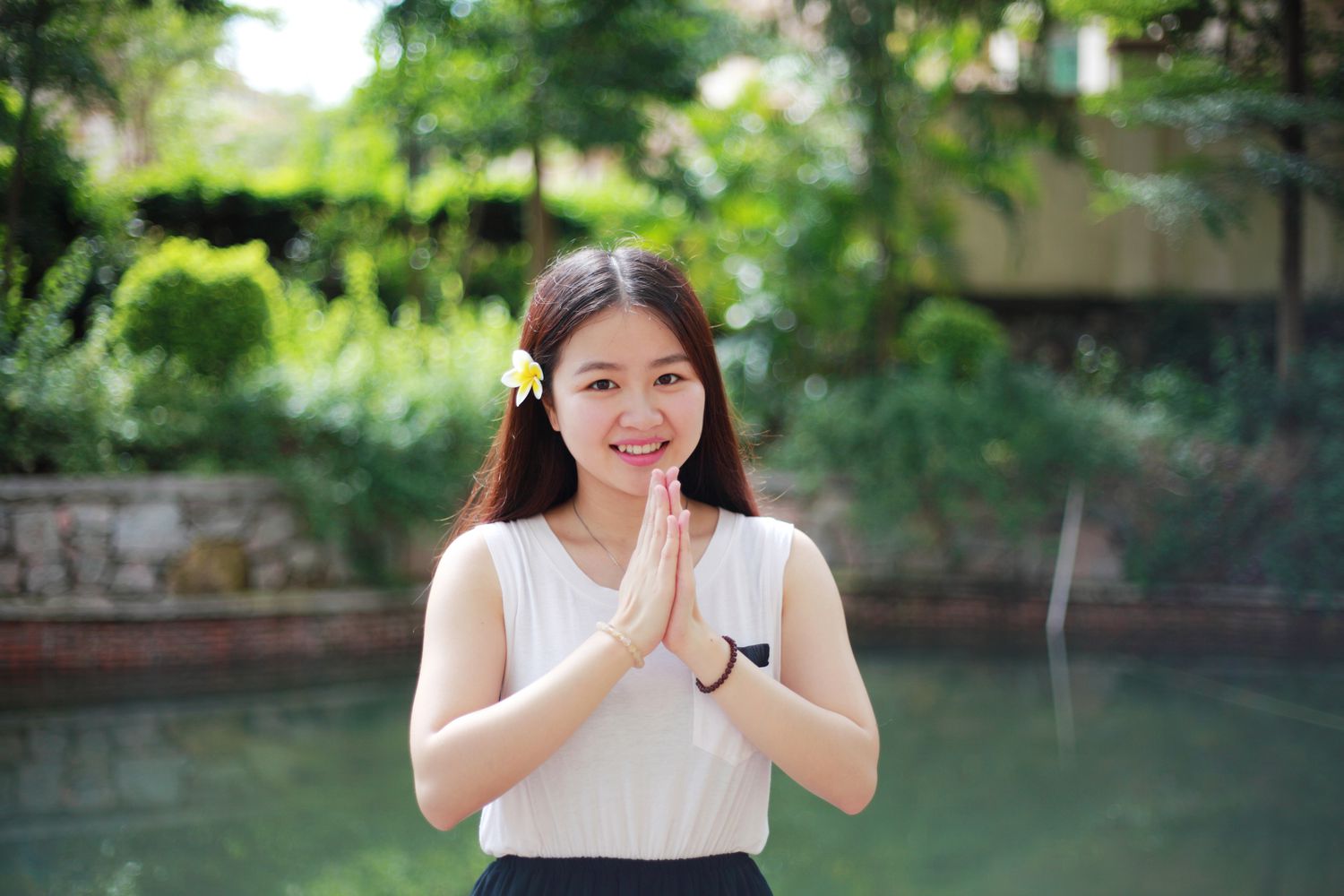Mastering The Art Of The Thai Wai: What You Need To Know

Understanding the Thai Wai is essential when visiting Thailand. This traditional gesture, a slight bow with hands pressed together, shows respect and gratitude. Knowing when and how to perform the Thai Wai can make your interactions smoother and more meaningful. Whether greeting someone, thanking them, or saying goodbye, this gesture plays a crucial role in Thai culture. It’s not just about the action but also understanding the context. For example, you wouldn’t use the Thai Wai with children or service staff. Mastering this simple yet profound gesture will enrich your travel experience and help you connect with locals on a deeper level.
Understanding the Thai Wai
The Thai Wai is more than a simple greeting. It's a gesture of respect, gratitude, and reverence deeply rooted in Thai culture. Learning how to perform it correctly can enhance your travel experience in Thailand.
How to Perform the Thai Wai
Performing the Thai Wai involves pressing your palms together in a prayer-like fashion and bowing slightly. The position of your hands and the depth of your bow can vary depending on the person you are greeting.
- Casual Greeting: When greeting friends or people of the same age, place your hands at chest level and bow your head slightly.
- Respectful Greeting: For elders or people of higher status, place your hands at nose level and bow your head more deeply.
- Reverent Greeting: When greeting monks or showing deep respect, place your hands at forehead level and bow your head deeply.
When to Use the Thai Wai
Knowing when to use the Thai Wai is just as important as knowing how to perform it. Here are some common situations where the Thai Wai is appropriate.
- Meeting Someone: Use the Thai Wai when meeting someone for the first time.
- Saying Goodbye: It's customary to Wai when parting ways.
- Thanking Someone: Show gratitude with a Wai.
- Apologizing: Use the Wai to express sincere apologies.
- Entering Temples: Wai when entering sacred places like temples.
Common Mistakes to Avoid
Even with the best intentions, mistakes can happen. Here are some common errors to avoid when performing the Thai Wai.
- Overdoing It: Wai too frequently can seem insincere.
- Incorrect Hand Position: Ensure your hands are at the correct level.
- Not Bowing: A Wai without a bow can appear disrespectful.
- Using It Casually: Avoid using the Wai in casual or inappropriate situations.
- Forgetting to Return a Wai: Always return a Wai when someone greets you this way.
Cultural Significance of the Thai Wai
Understanding the cultural significance behind the Thai Wai can deepen your appreciation for this gesture.
- Symbol of Respect: The Wai is a universal sign of respect in Thailand.
- Expression of Gratitude: It conveys heartfelt thanks.
- Religious Reverence: Often used in religious contexts to show reverence.
- Social Harmony: Promotes social harmony and mutual respect.
- Cultural Identity: A key aspect of Thai cultural identity.
Practicing the Thai Wai
Practice makes perfect. Here are some tips to help you master the Thai Wai.
- Observe Locals: Watch how locals perform the Wai.
- Practice with Friends: Practice with friends or fellow travelers.
- Seek Feedback: Ask locals for feedback on your Wai.
- Be Mindful: Always be mindful of the context and the person you are greeting.
- Stay Humble: Approach the Wai with humility and respect.
Learning the art of the Thai Wai can enrich your travel experience in Thailand, helping you connect with locals and show respect for their culture.
Embracing the Thai Wai
Mastering the Thai Wai is more than just learning a gesture. It’s about understanding and respecting Thai culture. This traditional greeting shows politeness, gratitude, and reverence. When visiting Thailand, using the Wai properly can make interactions smoother and more respectful.
Remember, the height of your hands and the depth of your bow matter. Higher hands and deeper bows show more respect. Practice makes perfect, so don’t be shy to observe and mimic locals.
Respecting local customs, like the Wai, enriches your travel experience. It shows you value the culture and people you’re visiting. So next time you’re in Thailand, greet with a Wai, and you’ll likely receive a warm smile in return.
Embrace the Wai, and you’ll find yourself connecting more deeply with the heart of Thai culture.

